Lose Yourself in the Untamed Beauty of Bombay Hook: Where Nature Is the Star
Have you ever wondered what it feels like to truly step away from the chaos of everyday life and immerse yourself in a world ruled by nature’s rhythms? Bombay Hook National Wildlife Refuge invites all who pass through its gates to slow down, breathe in salty air, and embark on a journey through some of the last expansive tidal salt marshes on the mid-Atlantic coast. This protected sanctuary, cradled along the Delaware Bay, is not only mesmerizing in its beauty, but also vital to the survival of countless migratory birds and native wildlife species.
The importance of Bombay Hook extends far beyond scenic views and peaceful walks. In an age when natural habitats are shrinking at an alarming rate, this refuge stands as a reminder of what can still be saved—and what vanishes if vigilance wanes. Whether you’re drawn to the possibility of spotting a bald eagle in flight, following the delicate footprints of foxes, or absorbing the serenity that only wild lands provide, a visit to Bombay Hook is more than a trip; it is a lesson in interconnectedness and conservation. Understanding why Bombay Hook National Wildlife Refuge matters, both for our sense of wonder and for the future of wildlife, unlocks stories seldom told but desperately needed.
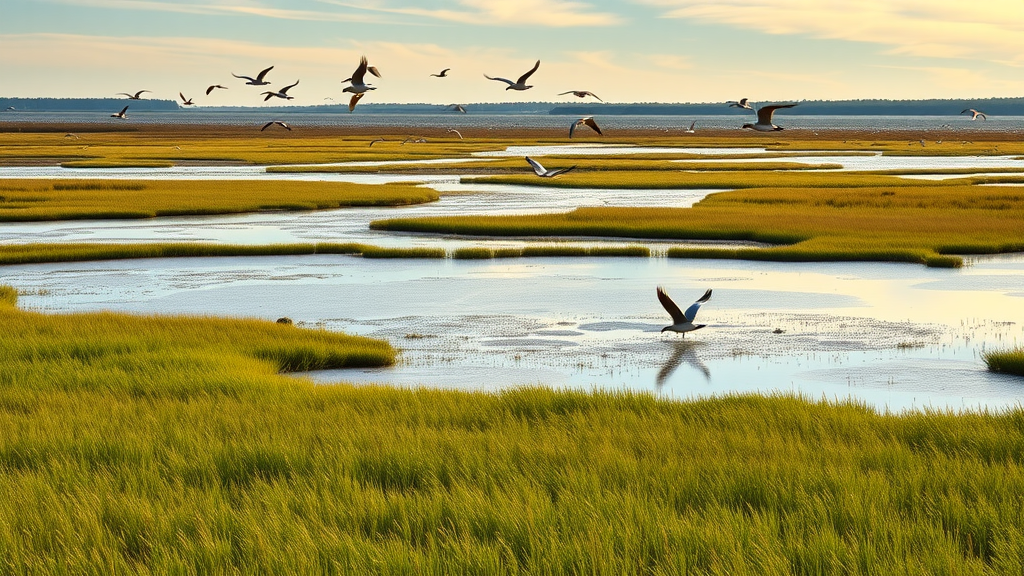
Why Tidal Salt Marshes Matter: The Vital Role of Bombay Hook in Conservation
Salt marshes, the lifeblood of Bombay Hook National Wildlife Refuge, form a unique landscape where freshwater converges with the tides, creating a dynamic environment that nurtures astonishing biodiversity. While these sprawling, grassy wetlands may appear deceptively tranquil, they perform essential ecological functions. Acting as natural buffers, salt marshes protect inland areas from storm surges and flooding. Even more, they serve as nurseries for fish, crustaceans, and countless bird species, many of whom rely on these habitats during arduous migrations along the Atlantic Flyway.
Unfortunately, the prevalence of healthy tidal salt marshes is in sharp decline, battered by human development and changing climates. Only a fraction of these wild places remain, making those at Bombay Hook all the more precious. The refuge’s marshes, freshwater wetlands, and uplands combine to create a sanctuary not just for wildlife, but also for those who seek restorative solace in nature. Each visitor, whether an avid birder tracking rarities or a quiet hiker pausing to marvel at a fox in the reeds, becomes a part of a larger story—a story of preservation, renewal, and vigilance against the forces that threaten these vital ecosystems.
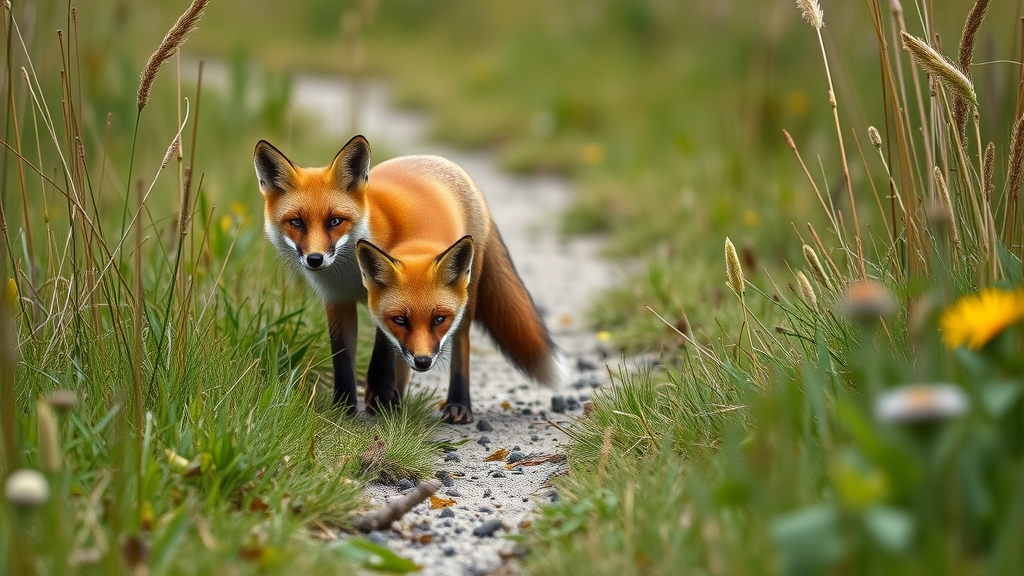
How Bombay Hook National Wildlife Refuge Inspires Awe and Fosters Wildlife Connection
Bombay Hook National Wildlife Refuge stands as a beacon for conservation and public engagement, protecting one of the largest contiguous areas of tidal salt marsh in the mid-Atlantic. Visitors experience a profound sense of connection while traversing the 12-mile loop road or walking one of many well-marked trails. Unique observation towers dot the landscape, offering panoramic views of ponds teeming with waterfowl, shorebirds, and waders. These encounters deliver more than visual spectacle; they spark a sense of stewardship for the landscape and the creatures it supports.
Beyond passive observation, the refuge’s carefully managed habitats elevate its status among bird watchers and wildlife enthusiasts nationwide. Designated as both a Ramsar Wetland of International Importance and a Globally Important Bird Area, Bombay Hook’s role in the Atlantic Flyway has only grown as similar habitats have dwindled elsewhere. For migrating birds—from elegant egrets and sandpipers to the elusive bald eagle—the refuge is not just a stopover, but a lifesaving oasis. As families, students, and solo explorers discover, the practical benefits of this protected space extend from personal well-being to the long-term vitality of entire species.
From Marsh Trails to Marsh Masters: Experiences That Deepen Understanding
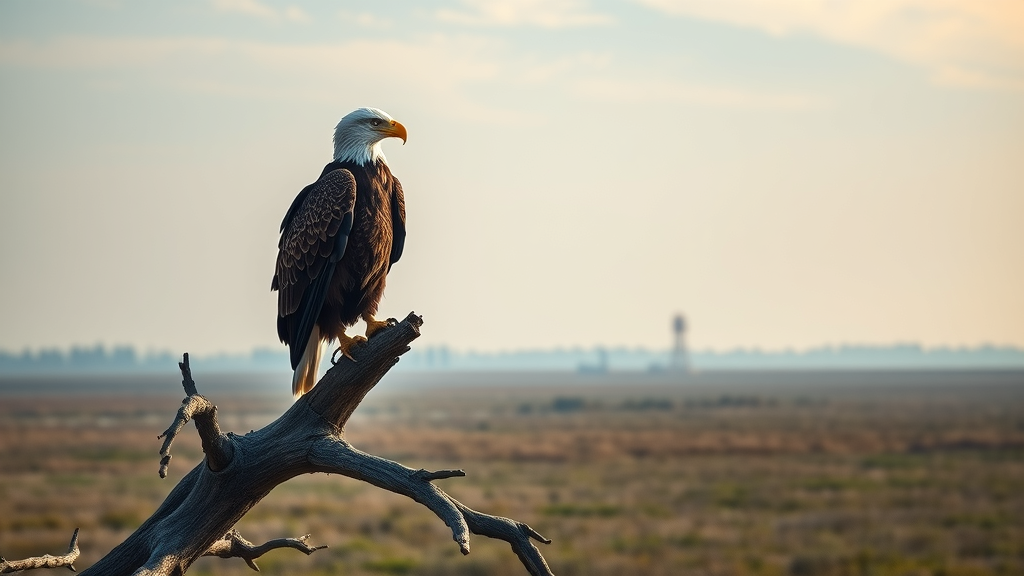
The educational value of Bombay Hook National Wildlife Refuge can be felt with every footstep along its winding trails. Here, information is immersive; visitors can learn the difference between tidal salt marshes and freshwater wetlands, witness firsthand how diverse species interact, and discover the complex role these habitats play in coastal resilience. The refuge also stands as an active research natural area, allowing for ongoing scientific inquiry and conservation education—while ensuring that vital ecological processes unfold with minimal disturbance from humans.
Families looking for engaging outdoor experiences are met with a range of accessibility options. From biking along the loop road to climbing observation towers or simply enjoying a picnic near the marsh, there’s a sense of inclusivity that demystifies the wild. Even logistical touches, such as easy parking, EV charging stations, and clearly marked restroom amenities, support a hassle-free visit. These seemingly minor details create an atmosphere where both first-time visitors and seasoned naturalists can find inspiration and insight, adding lasting depth to every encounter with Bombay Hook’s wild inhabitants.
The Legacy of Protection: How Bombay Hook Became a Sanctuary for Birds and People
Established in 1937 as a critical link in a chain of wildlife refuges stretching from Canada to the Gulf of Mexico, Bombay Hook has grown to meet the challenges of changing times. Its protection was born of necessity; already, decades ago, the tides of development and loss were rising. Over time, targeted management practices—regulating hunting, creating research areas, and monitoring habitats—have ensured the refuge remains a place where not only wildlife but also future generations might thrive.
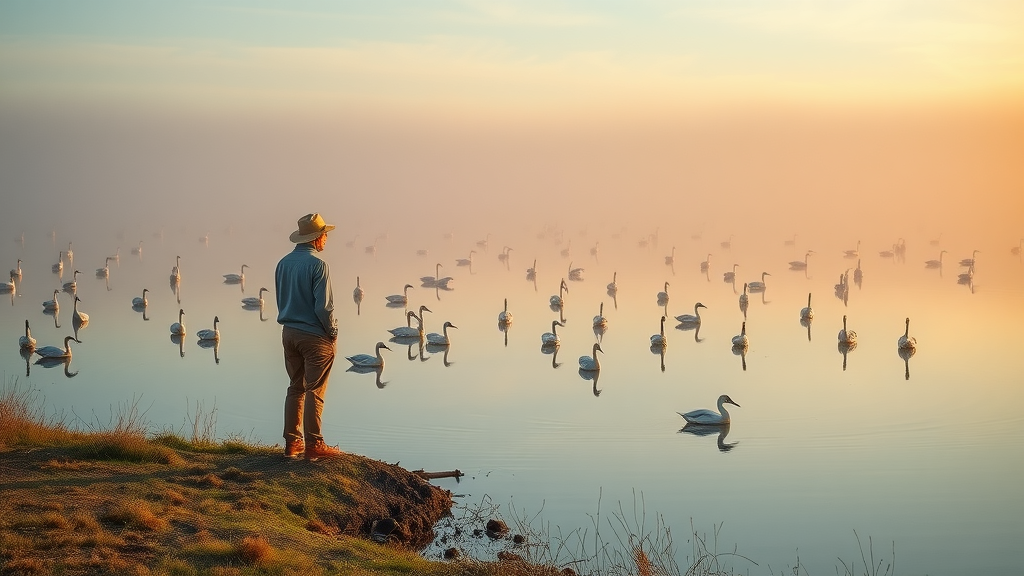
Integral to its enduring legacy is Bombay Hook’s distinction as a research natural area, where the dual goals of unimpaired wilderness and hands-on learning coexist. This focus on minimal human disturbance, combined with robust educational programming, represents a model for similar sanctuaries. By linking its purpose to international conservation standards, including the Ramsar Convention, the refuge has secured recognition not just as a haven for local wildlife but as part of a global commitment to ecological stewardship.
Visiting Bombay Hook: What to Know Before You Go
Every visit to Bombay Hook National Wildlife Refuge unfolds differently, shaped by seasonal migrations, tide cycles, and the personal interests of those who arrive. Planning is made easy by a streamlined entrance process through online platforms, with options for both day passes and annual memberships. The refuge features a well-designed loop road accessible by car, bicycle, or on foot, with trails ranging from brief 0.3-mile walks to more immersive 2.7-mile treks, allowing all ages and abilities to tailor their journey.
Practical advice enhances any adventure here: bring plenty of bug spray, especially during the humid summer months, and keep watch for changing trail closures associated with the annual hunt program. Amenities like EV charging, accessible restrooms, and clear mapping make the refuge both comfortable and navigable. Above all, visitors are encouraged to observe good stewardship—resisting the urge to feed wildlife, respecting the tranquility of the setting, and sharing the experience through positive actions and stories.
Bombay Hook’s Mission: Sustaining Habitats for Generations to Come
At its core, Bombay Hook National Wildlife Refuge is dedicated to maintaining a healthy and thriving sanctuary for migrating birds, waterfowl, and a growing diversity of mammals and reptiles. Every detail of refuge management reflects a larger mission: to preserve high-quality habitat along the Atlantic Flyway, one of the planet’s great natural migrations. The work of sustaining this habitat has become more urgent as similar spaces dwindle elsewhere on the coast, making Bombay Hook’s protected marshes and managed uplands a crucial link in a far-reaching conservation chain.
The refuge’s approach balances human curiosity with ecological priorities—welcoming recreation and environmental education, but never at the expense of wildlife welfare. By championing a philosophy that intertwines scientific research, hands-on stewardship, and public engagement, the refuge shapes both the landscape and the minds of all who visit. It is not merely a place to escape; it is where community, conservation, and curiosity converge, leaving a legacy of respect for wild places that future generations can inherit and cherish.
Wilderness Wonders Through Visitor Eyes: A Close-Up with Bombay Hook’s Wildlife
Few experiences capture the spirit of Bombay Hook National Wildlife Refuge quite like witnessing its wildlife up close. As one recent visitor recalled, a simple day on the trails revealed not just remarkable scenery, but an unforgettable encounter with wild foxes—creatures that, at home in the marshlands, display a fearlessness born of living in a protected haven:
Beautiful place. The drive-thru aspect makes it ideal for families with small children who can't walk very far. There's a 12-mile loop of road, and all of the trails either lead off from the road or the parking lot. The trails range in length from 0.3 miles to 2.7 miles, and the distance is usually (not always) marked at the trailhead, so you know what to expect. You can also bike or walk on the road; you don't need a car. The hours listed here are a bit misleading. The Visitor Center is only open from 8 AM - 4 PM, but the park itself is open from 30 minutes before sunrise until 30 minutes past sunset. You buy your park pass using the QR code posted in the Visitor Center front window; you don't even need to go inside. It's $4 for cars and $2 if you're biking or hiking, IIRC. Then there's like a 50-cent "convenience fee" or something. The bathroom is located at the Visitor Center, but it uses a separate door and it stays unlocked after 4 PM. There are EV charging stations in the parking lot. Definitely bring plenty of bug spray. The mosquitoes and biting flies weren't as bad here as they were at some of the other parks/refuges we visited in the Rehoboth Beach area, but you still do need bug spray. There are some observation towers above some of the ponds, ideal for viewing waterfowl, shorebirds, and wading birds. We saw several great egrets, and dozens of snowy egrets, along with Canadian geese, sandpipers, gulls, and ducks. I was hoping to see a bald eagle, since I've never seen one IRL, and so many of the reviews here mentioned seeing them. Well, we didn't see any bald eagles, or any bird more interesting than the great egret. We had resigned ourselves to not seeing anything really interesting, and were just going to do 1 more trail (the Bear Swamp trail) before heading out. We got out of the car at the parking space for Bear Swamp trail...and were greeted by two red foxes who were quite unfazed and unbothered by our presence. I'm pretty sure people have been feeding them, because they hung around for a few minutes looking expectant and hopeful, before giving up on us and heading off down the trail. We followed them and watched them for quite some time as they foraged on the ground for what I believe were mushrooms. Often they would come within 2 feet of us as they crisscrossed back and forth along the trail. Then they walked off further into the woods, and we kept on the trail. Later, as we were driving on the road, we saw 3 of them. I'm pretty sure the first 2 were the same pair we saw earlier, but obviously it's hard to tell. Again, they all seemed curious and hopeful, as if they thought we might feed them. The 3rd one actually approached the car after we stopped and just looked up at us like, "Well? Do you have snacks, or not?" I realize it's bad for them to learn to expect food from humans, but it sure was cool to see them up close like that.
This firsthand account illustrates the kind of wonder and connection that visitors to Bombay Hook routinely describe. Close encounters with foxes, egrets, and a variety of birds turn a basic nature outing into an inspiring adventure—reminding us that, with care and respect for the ecosystem, these hidden wonders will flourish for all who come after.
What Bombay Hook National Wildlife Refuge Means for the Future of Wild Spaces
Each moment spent at Bombay Hook National Wildlife Refuge is a step into the living biography of untamed lands—lands where every marsh, trail, and songbird continues the work of conservation history. The refuge’s dedication to thoughtful habitat management, scientific research, and community engagement elevates it beyond a mere recreation site. Instead, Bombay Hook stands as an enduring model of how protected natural habitats can benefit not only migratory birds and mammals but also inspire and educate generations of visitors.
In a world where wild spaces are too easily lost, the continued success of Bombay Hook National Wildlife Refuge is both a beacon and a challenge. As the refuge adapts, evolves, and welcomes all who wish to learn, its story becomes intertwined with a larger mission—one that champions the value of conservation, education, and wild wonder across Delaware and far beyond.
Contact the Experts at Bombay Hook National Wildlife Refuge
If you’d like to learn more about how Bombay Hook National Wildlife Refuge could benefit your outdoor adventures or deepen your understanding of conservation, contact the team at Bombay Hook National Wildlife Refuge.
📍 Address: 2591 Whitehall Neck Road, Smyrna, DE 19977, USA
📞 Phone: +1 302-653-9345
🌐 Website: http://www.fws.gov/refuge/Bombay_Hook/
Bombay Hook National Wildlife Refuge Location and Hours
🕒 Hours of Operation:
📅 Monday: 8:00 AM – 4:00 PM
📅 Tuesday: 8:00 AM – 4:00 PM
📅 Wednesday: 8:00 AM – 4:00 PM
📅 Thursday: 8:00 AM – 4:00 PM
📅 Friday: 8:00 AM – 4:00 PM
📅 Saturday: 9:00 AM – 4:00 PM
📅 Sunday: 9:00 AM – 4:00 PM
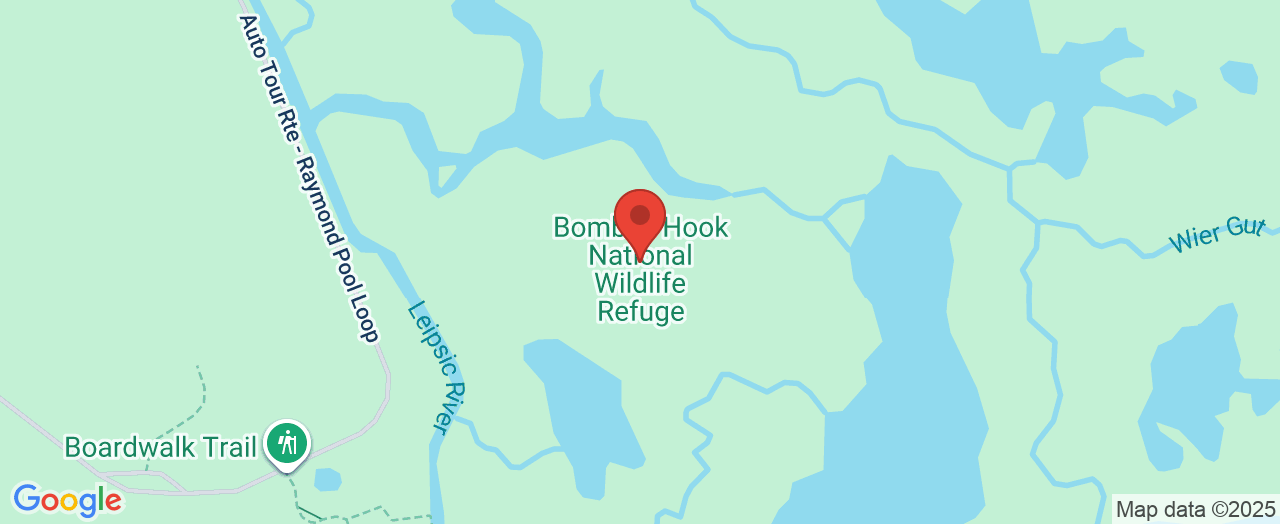
 Add Row
Add Row  Add
Add 





Write A Comment